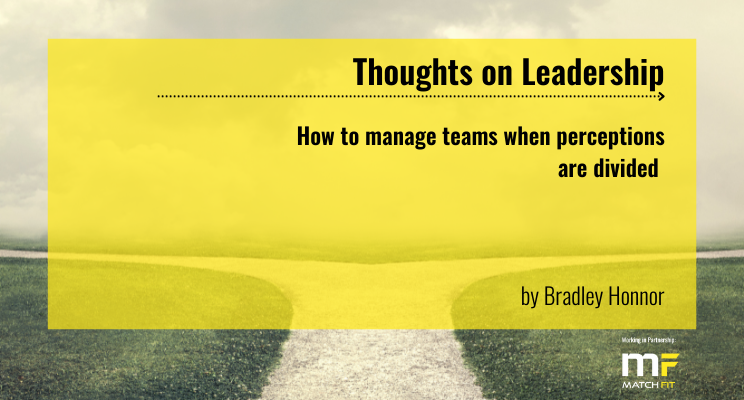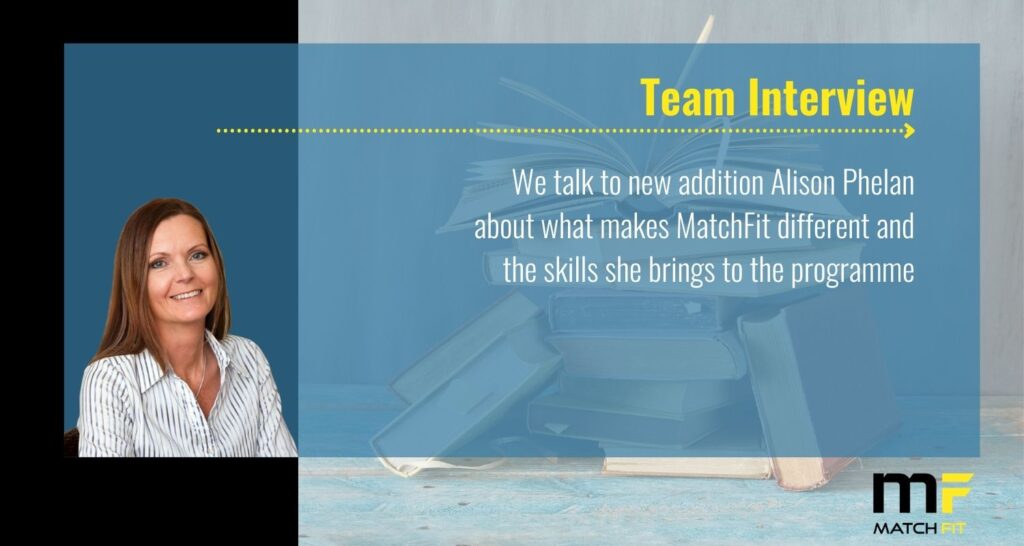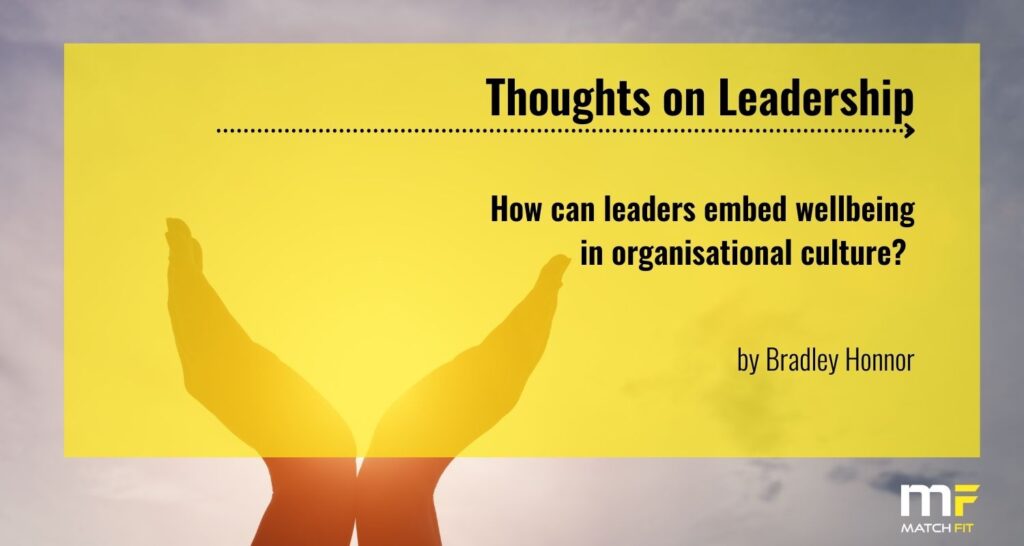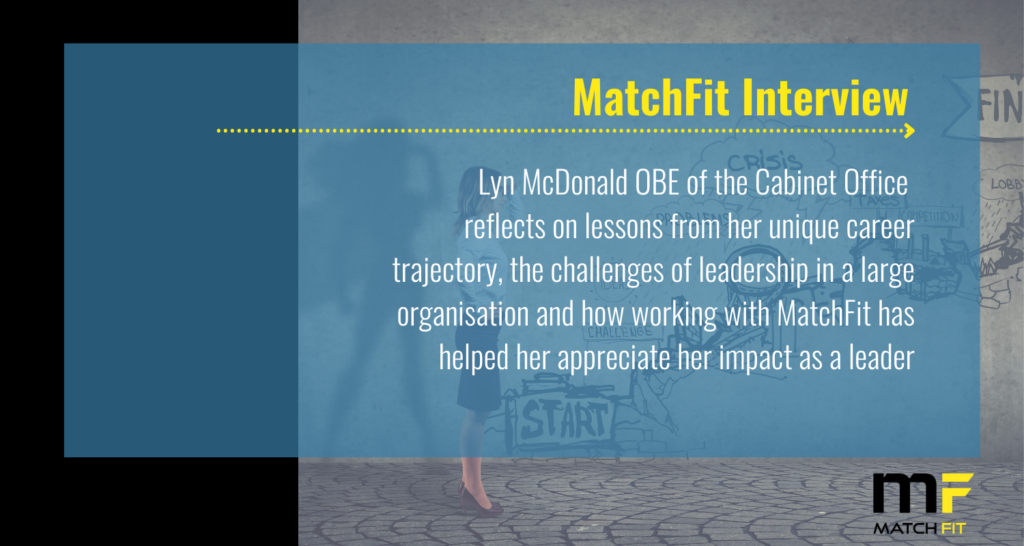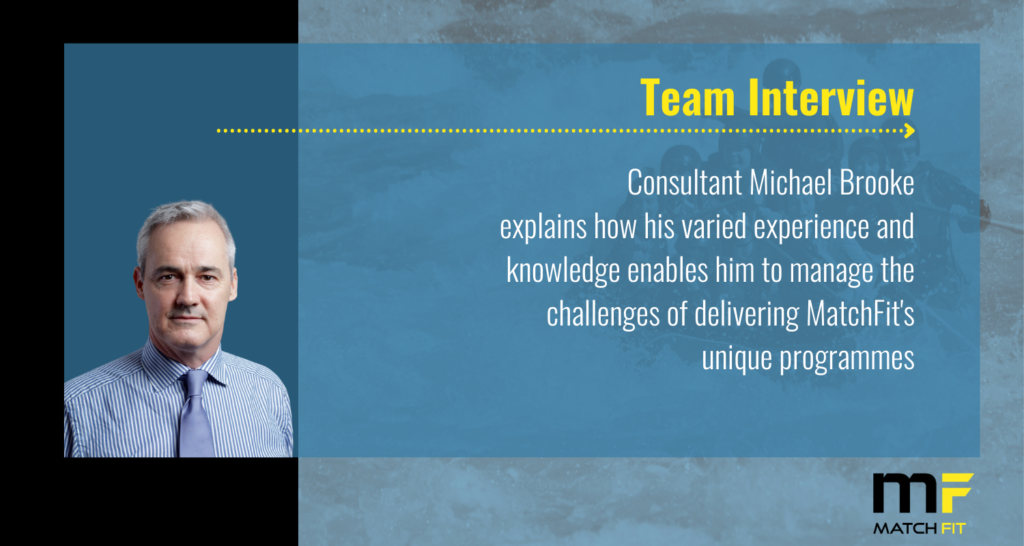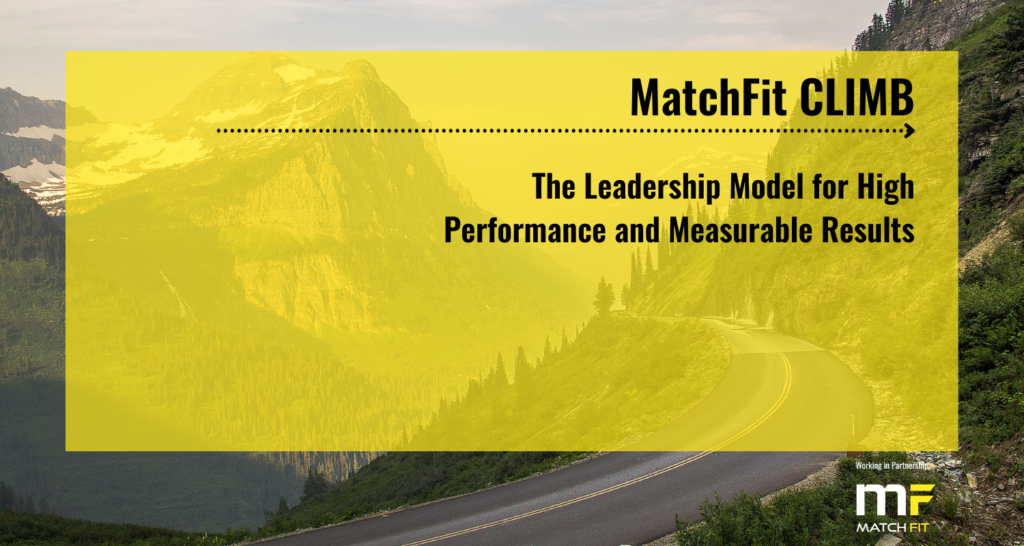One of these is Heather Rayfield, a facilitator and coach who not only has a leadership and management background spanning 40 years in retail and finance, but also brings valuable perspective from her experience as a holistic practitioner.
We asked Heather how her management experience and focus on wellbeing inform her work.
“I was just 18 when I joined the House of Fraser Group as a management trainee” she says. “Retail was starting to buzz and things were really happening, so I had the most amazing time. I was out of my comfort zone every single day, but it was wonderful as I moved through all the operational sides of the business: from buying through to merchandising, logistics, day-to-day operations, finance, budgeting and, of course, leading a team.
Then I became a technical specialist, as I was asked to join a PR consultancy who were covering a lot of the expansion of retail parks and shopping centres modelled on the American-style malls. I specialised in the retail side, covering the launches with all the celebrities and ‘ra ra’; dealing with the media etc. But I also handled the other side, so dealing with the planners, developers and investors to actually get the shopping centre started.
From there I moved into financial services, where I spent 10 years working for a number of building societies and European banks. That was my doorway into training and people development, and that’s where I found my love of coaching. I took my ILM Level 7 in Executive Coaching and Mentoring and never looked back. I had found my passion, my purpose in life!
For the last ten years I’ve been working as an independent consultant, supporting organisations with leadership and management development, coaching assignments, and some customer service programmes. I’ve worked for a whole range of clients ranging from British Airways, Morrisons, American Express; worked in the third sector with charities and here I am in the public sector with the Ministry of Justice.
The connection with Bradley from MatchFit was made last March via LinkedIn. I think we just clicked, he liked my background and ethos, I liked the MatchFit approach, and I’ve been doing a lot of work for him ever since, which is really exciting and interesting.”
Is there a a specialist skill that you bring to the table?
“I think number one would be my deep understanding of management and leadership, having performed that role in blue-chip companies” she explains. “It gives me the credibility to walk through the door of an organisation and be able to cite the work I’ve done and the experience I have; demonstrating my understanding of a business’ operations.
Because I’m a facilitator and a coach, I’m able to bring the best of those two roles to any client I work with, looking at the bigger picture and then focussing in.
I’m also a holistic practitioner: I’m a clinical reflexologist and have certification with We Focus in corporate mental health and wellbeing. I’ve always been interested in mind/body/soul or spirit coming together to help people perform to the best of their ability, so this really informs my approach to my work.”
Are you finding that a holistic focus is becoming more important?
“It’s so interesting you said that. It comes up all the time and what I find is that people might come to me and say ‘I need some help with presenting’, so we start with that, and then we go deeper to understand what else is going on in their lives. That is where you can make real behavioural change.”
Looking at the work MatchFit are doing within Government Departments, what do you think have been their main development challenges?
“The first thing I would say is what a great group of people! They are really committed and passionate, and very clear on the organisational ‘why’. There’s always change coming of course, but they have real depths of technical specialism and take pride in what they do.
The main challenges I’ve noticed are actually quite common: they are very clear on the ‘why’ and the ‘what’, but it’s the ‘how’ where they need a bit of extra help. For example, areas such as prioritisation, energy management, and time management, particularly around hybrid/virtual working. We’ve had some good conversations about ‘what’s making you book meetings back-to-back? What’s stopping you from building in some breathing space?’.
I’ve also noticed this ideal of perfectionism. This resonates with me because I know that when you’re a technical specialist, you want perfect all the time. But we know that way lies madness, so we have to convert this from ‘practise makes perfect to practise makes permanent’. Stepping away from that need for perfectionism, which you don’t want to be carrying with you all the time, is OK. It’s OK to make a mistake. It’s what enables a growth mindset.
The final area is around autonomy. That’s the next move in terms of ‘OK, so now I know how to manage my energy and know how to prioritise myself, I know practise makes permanent. It’s about me now, stepping into leadership – how can I manage myself, lead myself more effectively?’
The ‘how’ of achieving this is something we are working on through the MatchFit CLIMB programme.
You mentioned energy management – can you expand on this?
“The first CLIMB Programme I ran was around impact, and being your best self. We did some work on being present and having presence, and found that while a lot of people had some experience of practices like yoga and mindfulness, they were unsure how to apply the concepts to their day-to-day work. The common problem is ‘how do I bring that into my daily practise when I’ve got 75 tasks on my To Do list?’
This is where my experience from the mental wellness programme comes in. It’s about introducing practical tools, tips and techniques such as the ‘constructive pause’. This is where you take a three-minute micro-break just to write down all the thoughts that come into your head; a process of clearing the clutter from the mind so that you can look at that those thoughts and observe ‘that’s really interesting, I don’t know why I was worried about why the windows need painting, let that one go. But actually, there’s something – I haven’t spoken to one of my colleagues for a couple of days, I need to give them a ring’. “
That’s not something that gets addressed very commonly in the workplace, is it?
“No, it isn’t. Sometimes we see these big wellbeing initiatives which talk about having fruit, doing yoga, having reflexology (which I would definitely recommend!). But it’s really about what that means day-to-day: what can I do to set myself up for success? It’s about senior leaders doing the same thing, and everybody bringing it into their daily practice.
Challenging this gently is also important. For example, where we see people booking back-to-back meetings, saying ‘what about having a 50-minute meeting instead of an hour? Can you achieve what you were going to do in 50 minutes rather than 60? Yes? Do it!’.
It’s a bit of a ‘permission piece’ as well. We need that behaviour trickling out so that everybody’s doing it, or gently challenging each other to do it. If you can’t model the behaviour yourself, you can’t expect your teams to be modelling that behaviour.
Bradley has really encouraged the MatchFit team in this area, so we can always reach out and say ‘what’s top of our mind right now? What’s going well? What’s not going so well? What can we help you do, or your teams do differently?’ Having a curious mindset is not just important for consultants have, but for everyone to have.”
So how do you assess the results, whether the behaviours are embedding?
“As part of our MatchFit approach, we measure our work at four levels. From Reaction through to Behavioural Change. We also have a number of tools, such as psychological spacing and follow-up activities, as well as the coaching. How I would assess outcomes on a one-to-one basis is by looking at whether the person has achieved their goals, whether they’ve done something differently, and what impact that had.
With one of the current senior leadership teams I’m working with, an actual business project was part of the programme. This was really important, because that’s where you can really evidence new understanding and deep behavioural change. The results have been incredibly positive: the feedback was that when the group presented back with their findings and the results, there was real change – the needle had moved.
It’s wonderful when that business challenge element is woven through.
Other projects might be improving communication and team engagement, or setting up and training internal consultants. When projects are embedded within a development programme, it’s music to my ears, because then you can see things really working and getting tangible results.
Another way of validating whether what we’re doing is making change is when people come back on a workshop and report back what has happened since the last time. It might be something as simple as 4-7-8 breathing that they’ve used, found helpful and passed on to a partner.
How similar or different are people’s experiences of the programme?
I think there are some common similarities, but also some key differences. There are common threads which ensure everybody is aligned, and I love the phrase ‘freedom within a framework’. The framework is the CLIMB, the approach, the topics etc. so that people are all travelling along on that journey together. But there is also a huge opportunity to bring that back to ‘my why’.
This is achieved through coaching of course, but also through building in opportunities for reflective practice. We might discuss a topic in a workshop, but we then give people time to reflect on what that means to them personally, so they can see what it means in terms of the bigger ‘why’ for the organisation.
It’s really important to allow for both of these



